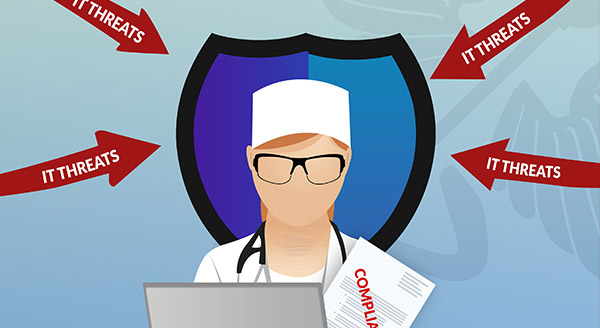

Have you experienced the pain of losing your work? Perhaps you’re sick of the systems you have not talking to each other. Or is your tech always the best in the biz, and you wouldn’t have it any other way?
While thereare of course arguments against updating your business tech, there are equallypowerful reasons why it might be a good idea.
We’ve got alist of pros and cons for updating business technology to help you make thedecision that’s right for your business. Let’s start of the with reasons in supportof updating your old tech.
Estimatingthe real cost of outdated or slow technology in your business can be messy atbest. But there are ways to do it. One estimate puts the total costfor your business at $5,676 per employee each year.
This numbercomes after taking into account time lost while waiting and potentialopportunities lost, otherwise known as Opportunity Cost. And if we look at theyearly period, that amount works out to one tenth of an average salary!
When youlook at the numbers in that light, investing in updated technology at regularintervals looks like it pays for itself and more over time.
‘Oh it works fine, it just needs a little tweaking.’ This is no longer always true. Why? Because technology has developed so quickly that it’s not viable for companies to keep trying to bridge the gap between old and new.
Some mightthink this will become more of an issue in future, but it’s already happeningnow. For example, XP machines can no longer be updated or patched. As of nextyear, Windows 7—still common on many devices—will be the same.
And thinkabout the reduced quality of the work your business is producing with softwarethat is slowly degrading, with the old tech simultaneously increasing the riskfrom malware like viruses, worms and spyware.
Whether you’re considering your CapEx or OpEx accounts, SaaS services can be a pretty amazing option for most businesses. One of the most attractive things about SaaS is that you don’t have to budget for upgrades. Of course, you have to choose a service that will support your business needs and in cases where you receive heavy traffic, that will include a premium.
However,removing the cost of upgrades from your projects is a definite win for acompany. And it means that you’re serious about reducing your risk and reapingthe benefits of the latest tech, making you a more credible business.
Some peoplespend big on cars. Others get beauty treatments or the finest jacket.Businesses might reward people with a myriad of items. But increasingly, peopleare investing in the latest tech on the market.
The appealis obvious. A new Surface Pro or iPhone is always going to have the best techavailable at the time, so you know you’re getting bang for your buck. And inmost cases, you know it’s a step up from your current user experience.
And if wethink about our earlier argument with the potential cost of old tech at morethan $5000 per employee, $1000 on a product is a comparatively low amount.
Now let’s turn to our cons. We’ve got three reasons why upgrading your businesstechnology might not be your best bet.
As withtech companies pulling support for old products, legacy lines of your businessapps—assuming they still receive support—might no longer be supported in thenear future. We’ve already seen some legacy web apps left behind over the pastfew years and this will inevitably continue to happen as tech adapts.
This isticking time bomb, so take action while you can. Your starting point is to findout what the provider recommends in their support life cycle.
On thebright side, it’s a good time to re-evaluate business needs and ensure you’repositioning yourself for success with the technology you’re utilising.
This ispossibly the most common reason businesses have for not wanting to upgrade. Ifit ain’t broke, don’t fix it. And sure, upgrading business technology isanother upfront cost that project managers, leadership or accounting might notwant to factor in.
If this isthe situation you’re in, we recommend making sure your future budgets includelife cycles for all tech and their replacements with time frames as part ofyour long-term business planning.
And ifyou’re keeping old, ineffective tech to avoid the cost of the new, factor inlost productivity into your risks in every project. That way you’ve got aclearer picture across your business of the balance between investing in new orputting up with old.
Your returnon investment doesn’t look so good once you factor in costs that arepotentially unnecessary like tech upgrades. Not to mention that most people getcomfortable with the status quo and even resist improvements because it meanschange and potentially re-learning ways to work.
Once again,it’s a balancing act. If you don’t factor in a sustainable plan for upgradingtechnology, then you’re back to the lost productivity and possibledissatisfaction. And yes, your employees might be used to the tech and you wantthem to be happy. But it could be costing you.
And at theend of the day, it’s your dollar.
If you dodecide it’s best to continue with your old tech, ensure you have a contingencyplan if the old hardware dies.
So there’syour food for thought on upgrading business technology. We’d love to hear whatyour experiences upgrading business tech have been, so we can all learn fromeach other.